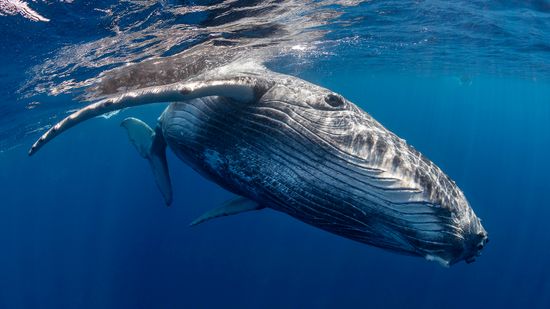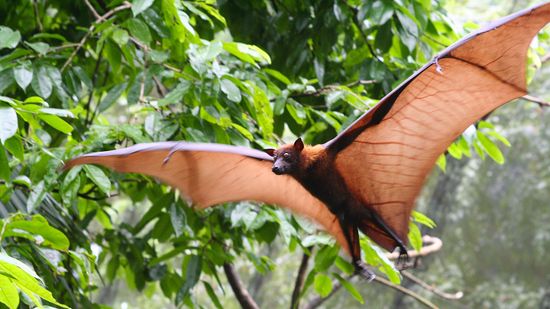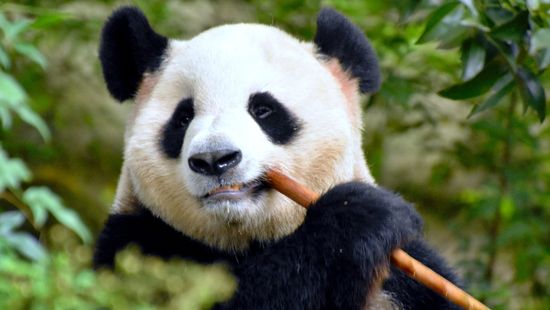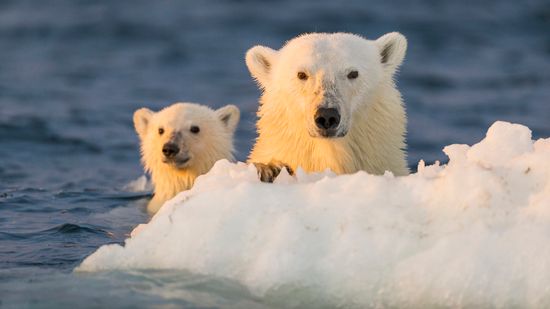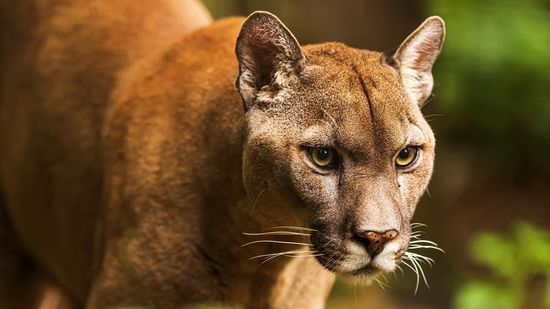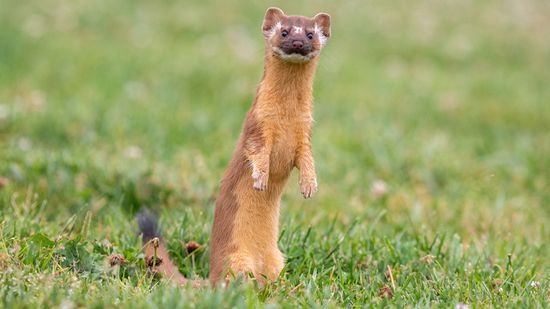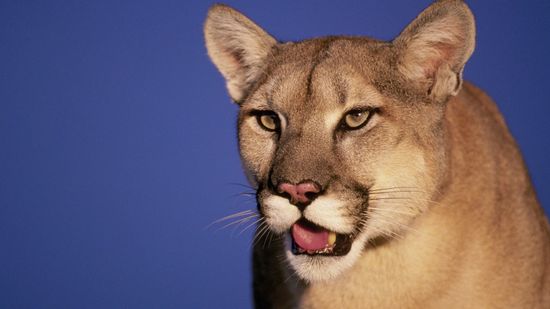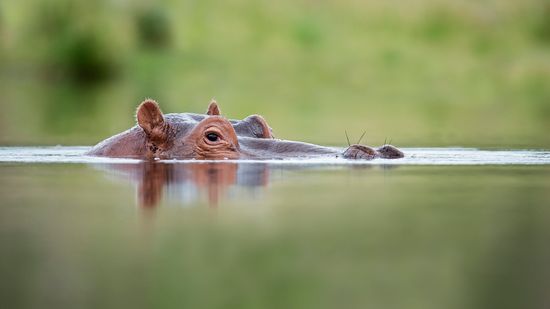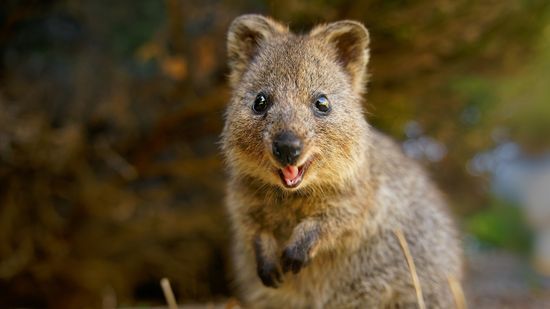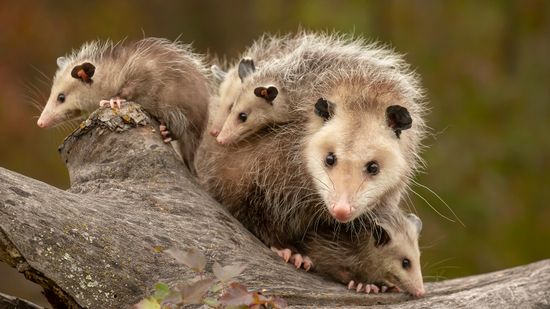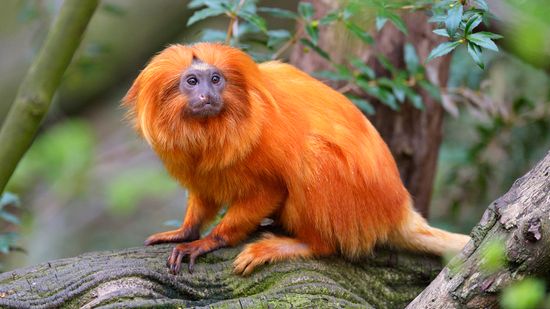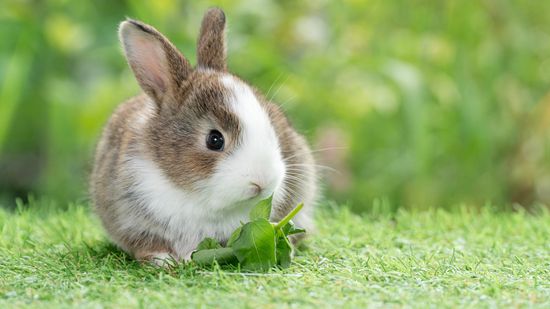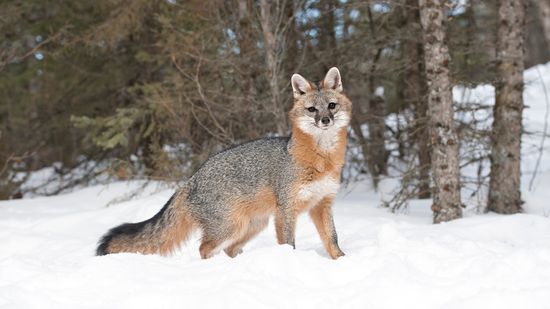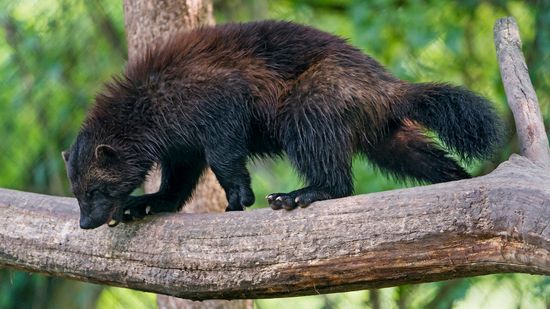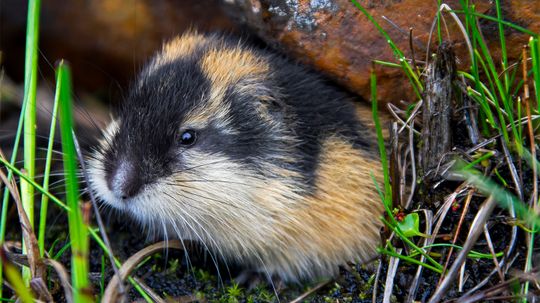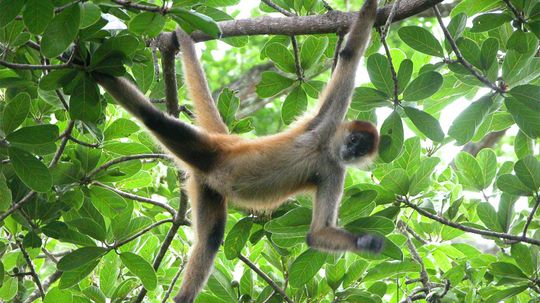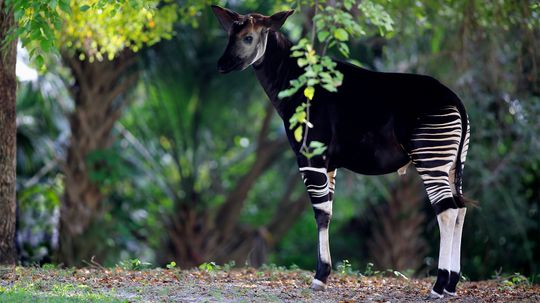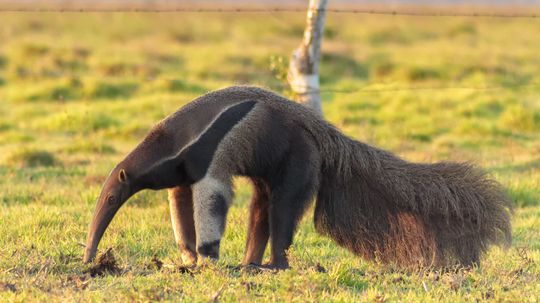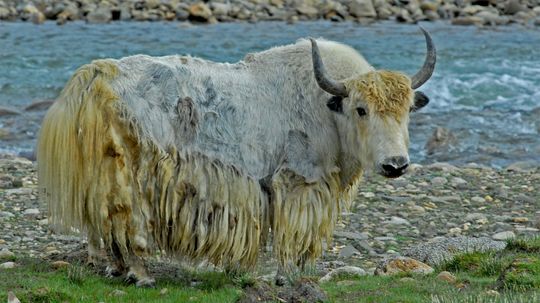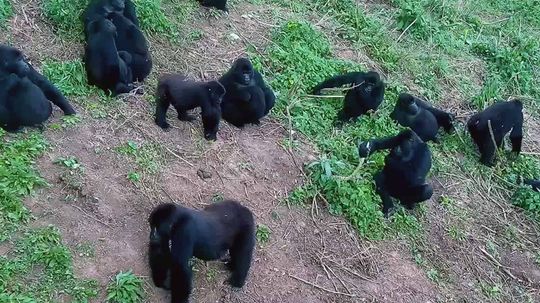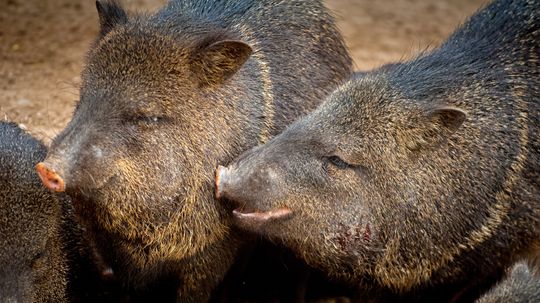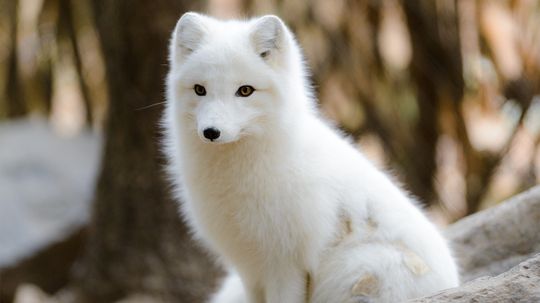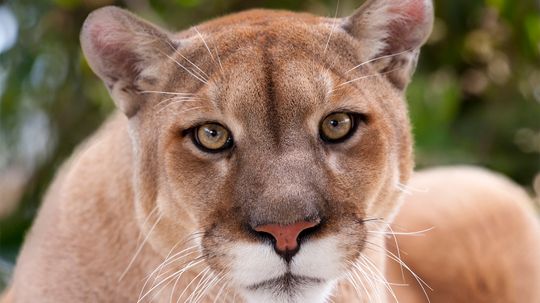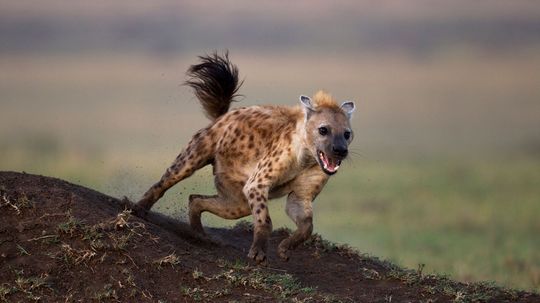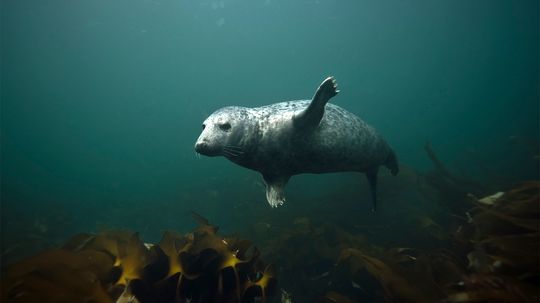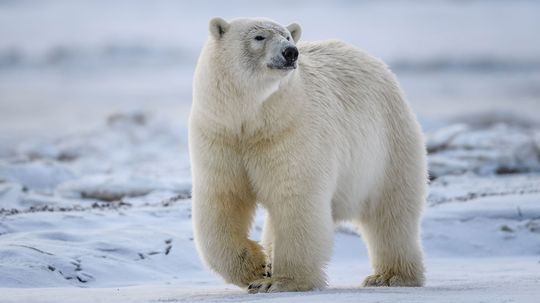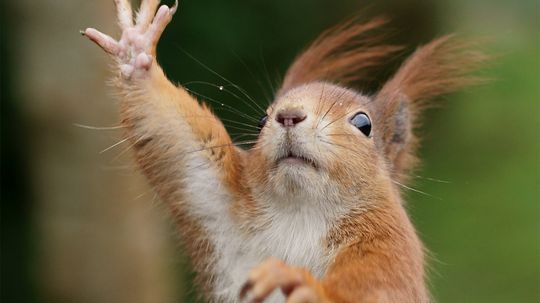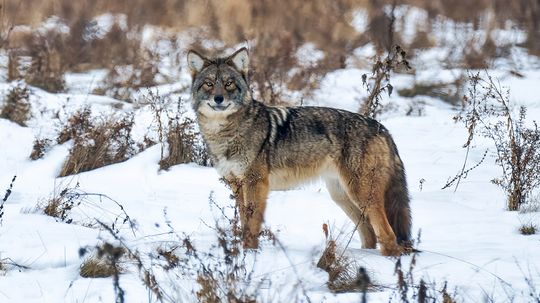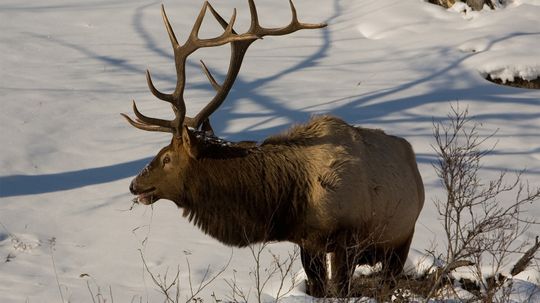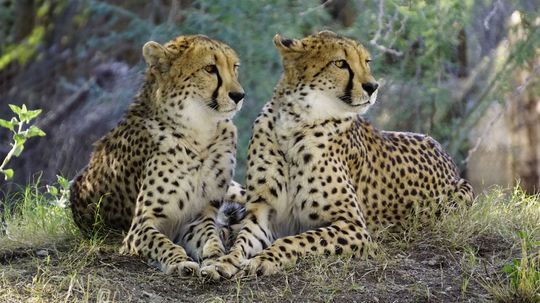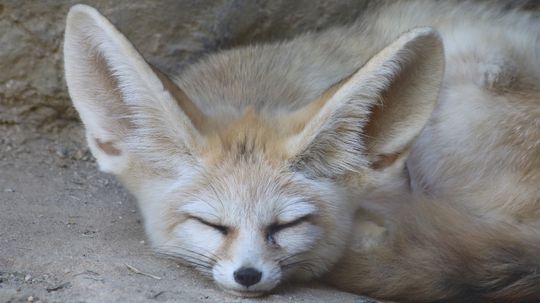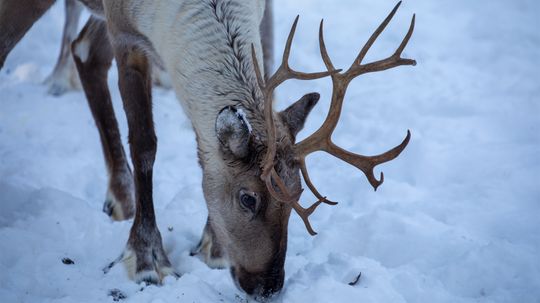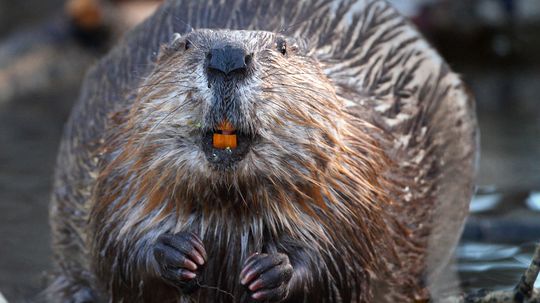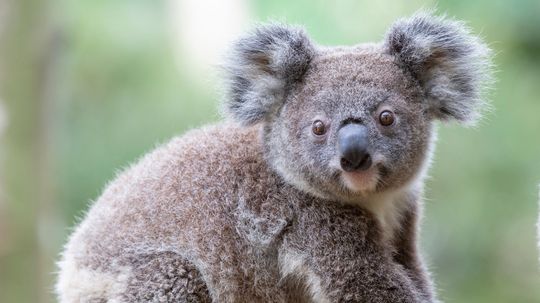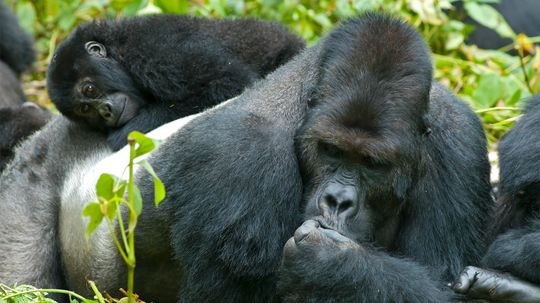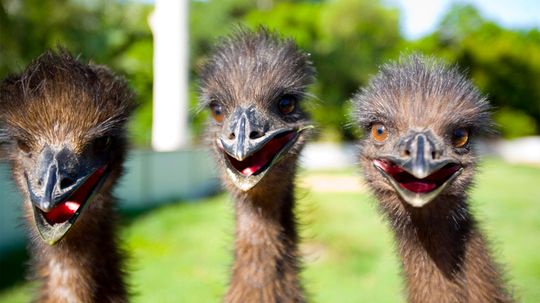Mammals
Scientifically-speaking there are 11 mammal groups, and most Mammals are warm-blooded, have body hair, give live birth and nurse their young with milk from mammary glands. Check out these articles about all kinds of mammals.
Learn More / Page 6
Lemmings don't commit mass suicide as is popularly believed, but they are aggressive and have even been known to charge larger predators.
Technically they're called tanuki, but these furry critters might as well be called raccoon dogs because that's what they look like. So are they just as domesticated and loving as the canines we know?
Spider monkeys, an endangered species, are the largest monkeys in the Americas and live in the forest canopy, where they swing through the trees with the greatest of ease.
Advertisement
It's an age-old question. How much wood would a woodchuck chuck? Turns out, none at all. So what would a woodchuck chuck if it couldn't chuck wood?
By Katie Carman
The okapi may look like a zebra-horse combo, but its closest relative is the giraffe. Here are nine fascinating facts about this curious creature.
By Wendy Bowman
The anteater has one of the strangest-looking noses in the animal kingdom, a truly fabulous hairdo and a tongue that reaches places never meant to see the light of day.
By Wendy Bowman
While yaks share the bovine family tree with cows, they're a different species altogether. And, unlike cow dung, yak poop doesn't stink.
By Katie Carman
Advertisement
Wondering what's going on in the animal world while you're all cooped up under quarantine? Check out these webcams and get a virtual glimpse into how the animals live.
Known in some circles as a 'musk hog' or 'skunk pig,' the javelina's good looks may be in the eye of the beholder, but there's a lot more to this beauty than meets the eye.
By Wendy Bowman
The arctic fox is able to thrive in temperatures as low as -58 degrees F (-50 degrees C), largely because it has fur on the soles of its feet and the warmest coat of any animal on Earth.
By Wendy Bowman
Puma, panther, mountain cat, mountain lion, mountain screamer, painter, catamount and, yes, cougar. This cat has a lot of names!
By Wendy Bowman
Advertisement
With their fierce jaws and cunning hunting tactics, spotted hyenas don't seem to have much to joke about. So what do those spine-chilling peals of laughter really mean?
Seals have long been known as dry-land clappers, but the first-ever percussive clapping observed by scientists has blown seal clapping theory out of the water. Or should we say under the water?
The maned wolf might as well be called a werewolf given its unfortunate name. You see it's not a wolf at all, and despite all appearances, it isn't a fox either.
By Mark Mancini
The polar bear's shocking whiteness, ferocity and sheer size make it an icon of purity and power. How do these animals survive in a frigid climate?
Advertisement
But, squirrels that strongly prefer one hand over the other aren't as good at learning, one study suggests. What does this mean for you and me?
"Pure coyotes" are now much rarer than what we would consider coyote-wolf hybrids, or coywolves.
Elk are some of the most majestic animals in the world, but also some of the most aggressive. Here's what you need to know about the territorial elk.
With lightning speed and incredible vision, the cheetah is the fastest land animal on Earth and the best hunter on the savanna.
Advertisement
It may be the world's smallest fox, but its ears give it a huge hearing advantage.
Reindeer are, of course, best known for their main gig om Christmas Eve every year, but there's more to them than just their flying and sleigh pulling prowess.
Beaver attacks get a lot of media attention but are beavers really crazed killers that we should be afraid of? And what good do they really do?
They look so cute and fluffy, but koalas have a fierce side too. Still, their biggest threat to survival is mankind.
By Alia Hoyt
Advertisement
Gorillas can live to be about 35 to 40 years old and are much gentler (and much sleepier) than you might think.
The female emu may lay the eggs, but the male emu does all the caretaking. And that's just one fascinating thing we learned.


